
Introduction
Runner’s knee is a certain type of medical condition whichcommonly occurs in runners and other types of athletes who indulge in abundantamounts of knee bending. So that usually means jumping as well as biking andwalking. Jumper’s knee is commonly characterized by painful sensations whichoccur around the kneecap. Jumper’s knee is medically referred to aspatellofemoral pain syndrome. There are various different types of factors andcauses which can be held responsible for triggering the occurrence of runner’sknee. Weak thigh muscles are among the most common causes of runner’s knee. Aperson may also suffer from flat feet which are also sometimes referred to asoverpronation or fallen arches. Those people experience much more stretching ofthe tendons and muscles so they may also experience runner’s knee at somepoint. Misalignment of the bones may also be one of the causes of runner’sknee. When the bones are not in their correct positions, the physical stressdoes not get distributed evenly through the human body. Due to misalignment,certain parts of the body may need to bear extra weight which eventually leadsto damaged joints and painful sensations. In some cases even the kneecap can beslightly misaligned and placed out of its ordinary position. Any type of directtrauma to the knee can also be the cause of runner’s knee. Overuse of the knee,especially repeated bending and similar motions of the knee are known forcausing severe irritation of the nerves of the kneecap. When the tendons getstretched they may also cause the symptoms of runner’s knee.
Symptoms
Runner’s knee can be characterized by certain types ofsymptoms and those usually include grinding sensations in the knee, poppingsensations in the knee, swelling, pain that gets worsened when walkingdownhill, pain when the knee gets bent and pain around and behind the kneecap.Runner’s knee can only be diagnosed by running a thorough physical exam whichinvolves CT scans, Magnetic resonance imaging, X-rays and certain other typesof tests.
Treatment
Fortunately enough, all moderate cases of runner’s kneeusually heal on their own after a while. The process of healing can also beaccelerated by utilizing certain treatment methods. When a person is lyingdown, the knees need to be elevated. Arch supports for the shoes should be wornas well. Strengthening exercises and stretching also need to be utilized asmuch as possible. The knees also need to be compressed, iced and should alsoget plenty of rest. Some cases can only be treated with a surgicalintervention.







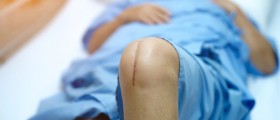
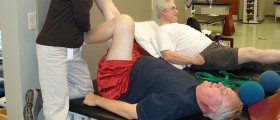
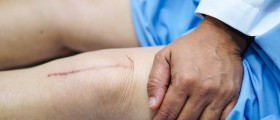
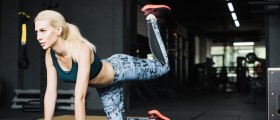
-Symptoms,-Diagnosis,-Treatment_f_280x120.jpg)
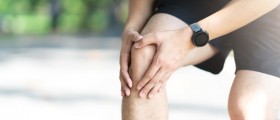
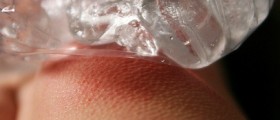


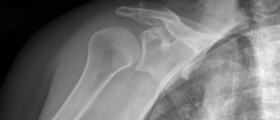
Your thoughts on this
Loading...